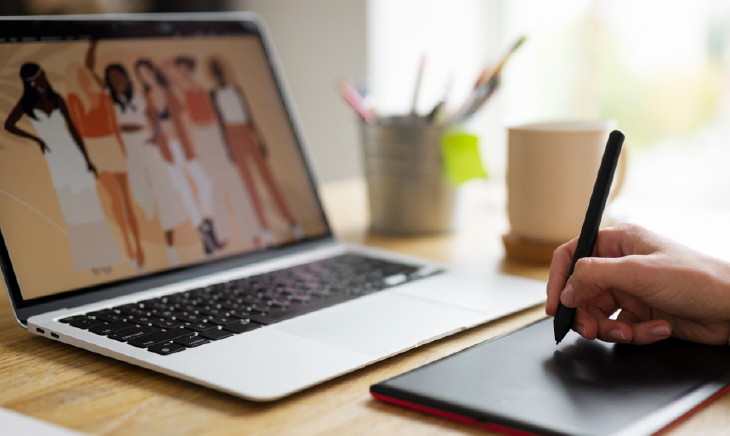
Creativity and Innovation: Digital painting and illustration empower artists to push the boundaries of their imagination and experiment with new techniques and styles.
- Accessibility: Digital tools make art creation more accessible to a wider audience, allowing artists to overcome barriers such as cost, space, and materials associated with traditional art mediums.
- Versatility: Digital artwork can be easily adapted and shared across various digital platforms, including social media, websites, and digital publications.
Overview
Digital Tools and Software: Become familiar with digital painting software and tools tailored to illustrative work. Commonly used programs include: Adobe Photoshop: Versatile software for digital painting, photo editing, and illustration. Corel Painter: Offers a wide range of brushes and painting tools, mimicking traditional media. Procreate: Popular among digital artists for its intuitive interface and powerful brush engine, available on iPad. Adobe Illustrator: Ideal for vector-based illustrations, logos, and graphic design. Clip Studio Paint: Known for its specialized tools for manga and comic illustration.
Understanding Brushes and Brush Techniques:Explore different brush types and techniques to achieve various effects and styles. Key brush types include: Round brushes: Versatile for general painting and shading. Texture brushes: Mimic traditional media like charcoal, watercolor, or oil paint. Specialty brushes: Custom brushes for specific textures or effects, such as foliage, hair, or clouds. Experiment with brush settings like opacity, flow, size, and pressure sensitivity to control brush behavior and achieve desired results.
: Fundamental knowledge allows for the innovation and improvement of existing technologies and the development of new ones.
Layer Management:Utilize layers to organize elements and make non-destructive edits to your artwork: Background layers: Establish the foundation of your composition. Foreground layers: Build up details and elements in the foreground. Adjustment layers: Apply non-destructive adjustments like color corrections or filters.
Color Theory and Composition: Apply principles of color theory and composition to create visually engaging artwork: Color harmony: Choose color palettes that evoke the desired mood or atmosphere. Contrast and balance: Create visual interest through contrast in colors, shapes, and values. Ensure a balanced composition to guide the viewer's eye. Rule of thirds: Divide your canvas into thirds both horizontally and vertically, placing key elements along the intersecting lines to create a visually pleasing composition.

